65°05’S, 64°02’W
Dispatch: Lemaire Channel, Antarctica
Why visit Antarctica? I’ve been asked many times and will be asked again when I go for a third time to the Ross Sea in 2017. I’ve journeyed with travelers who count thirty-two trips to this continent.
There is nothing there, friends say. Is this a statement or a question?
Yes, there is nothing. No hotels, no restaurants, and no museums nor galleries. Nothing to buy, nothing to eat, not even Internet satellite connections at times. Also no pollution, no trash, no signs, no noise, nor foot prints in the snow. Antarctica presents a different paradigm. It changes everything in a way a trail in the Rockies with directional signs cannot. Life is reductive, simplified and contemplative.
In art, we talk about negative space, the breathing room between the stuff you are supposed to look at. Negative space serves an essential purpose to understand and appreciate what is important in a painting, in a décor and in a life.
Antarctica provides negative space, the space between chapters, a cleansing, a clearing of the clutter. It’s a place where life goes on unawares of who is running for president or the latest Dow Jones average and I assure you, regardless of the outcomes, life here will continue all the same.
Whole mountains remain nameless. Many have not been climbed and probably never will see a boot print on the virgin snow covering them. The word epic defines the expansiveness, vista after vista of nothing, nothing but untouched openness and unimaginable beauty.
Life’s Dramas Antarctic Style
Not dull, not at all. Drama presents itself in life’s natural cycles: a penguin who has lost a chick and defends the body from scavenger skuas. A mother sits on an egg snuggled in a rock nest and shares duties with her life partner. Do penguins kiss?
Gentoos, chinstraps and petite adelies, three types of penquins, share tight nesting spaces in the harmony required for their mutual survival. Lessons from nature abound.
Leopard and crab eater seals lounge on ice flows. They lift their heads and roll over, unafraid of strange life and camera lenses clicking from a zodiac.
Whaling stations rust into ruins as the blue whales swim past, illusory victors in the battle against human greed. Their numbers once in the hundreds of thousands have rebounded to around 5000 from the lows of a few hundred. Passengers from infrequent ships leave marks in the snow until the next storm and penguin trails obliterate them, forgotten interlopers.
I’m sad I don’t belong here, but accept that truth, grateful for the chance to know the wonder even for a moment.
The museum of Antarctica exhibits what a planet once was and continues to be in this place so far from the flotsam and jetsam, the clutter, the chaos and the noise of angry voices that never stops. In this place, I listen and hear silence, a clamor of joyful nothing which erases all that burdens me elsewhere.
Antarctica writes a poem on the pristine blankets covering its peaks and the ripples of water that tickle the icy bits floating in bays of tranquility – the poetry of nothingness that defines the universal heart of everything.
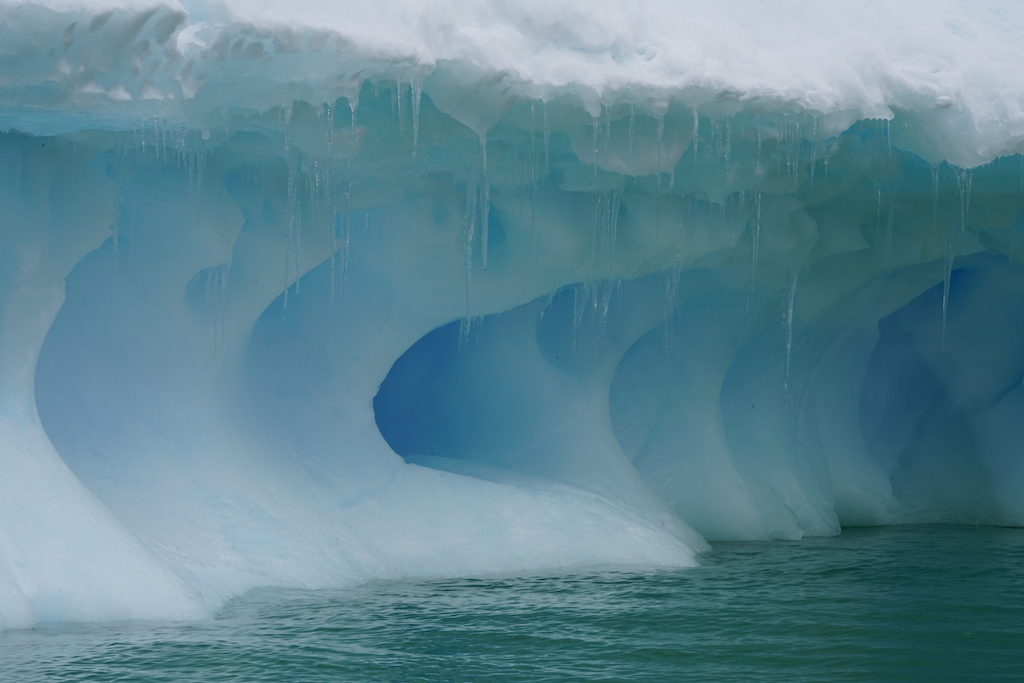
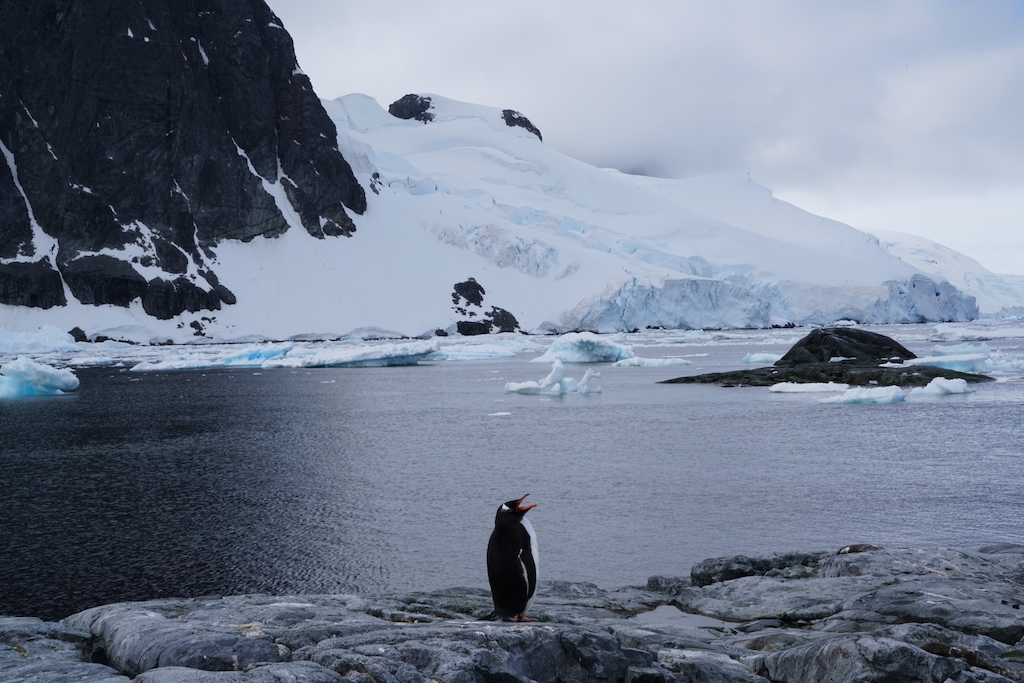
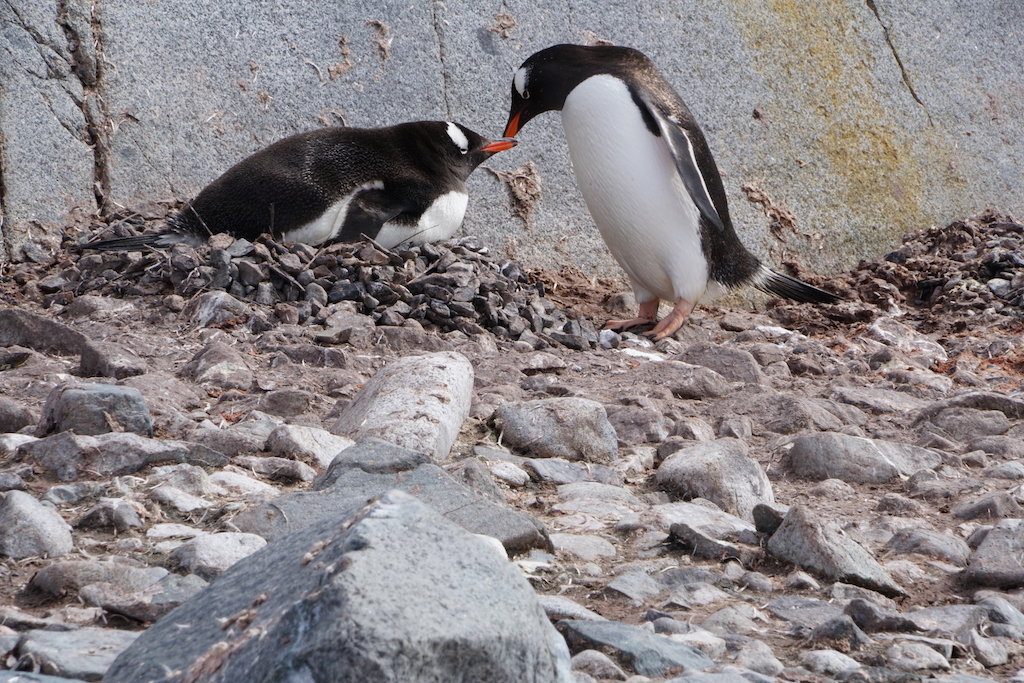
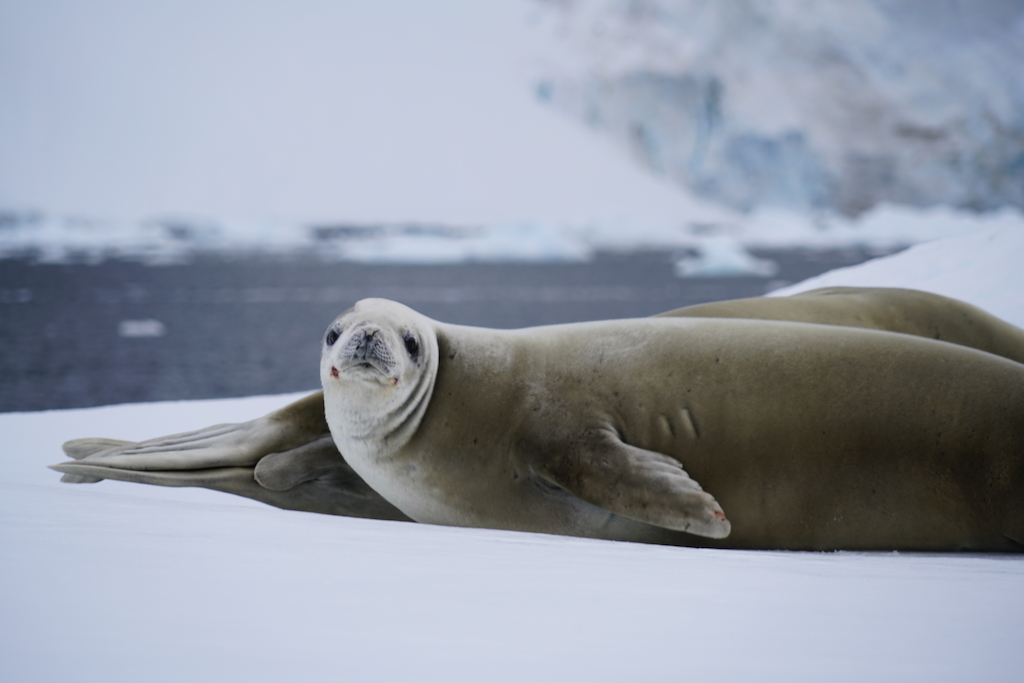
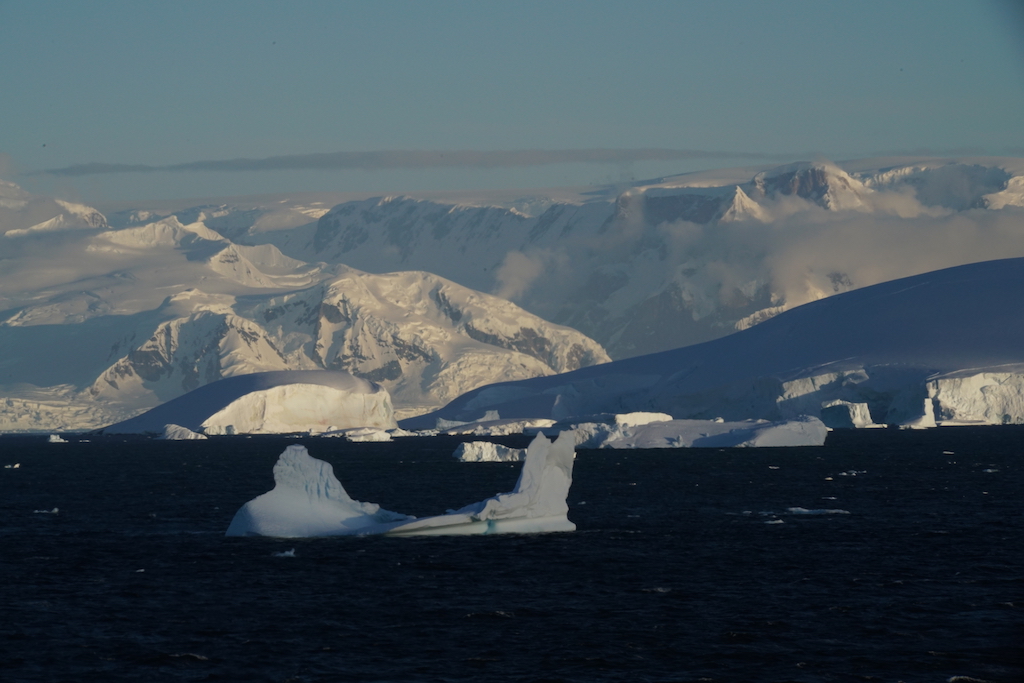
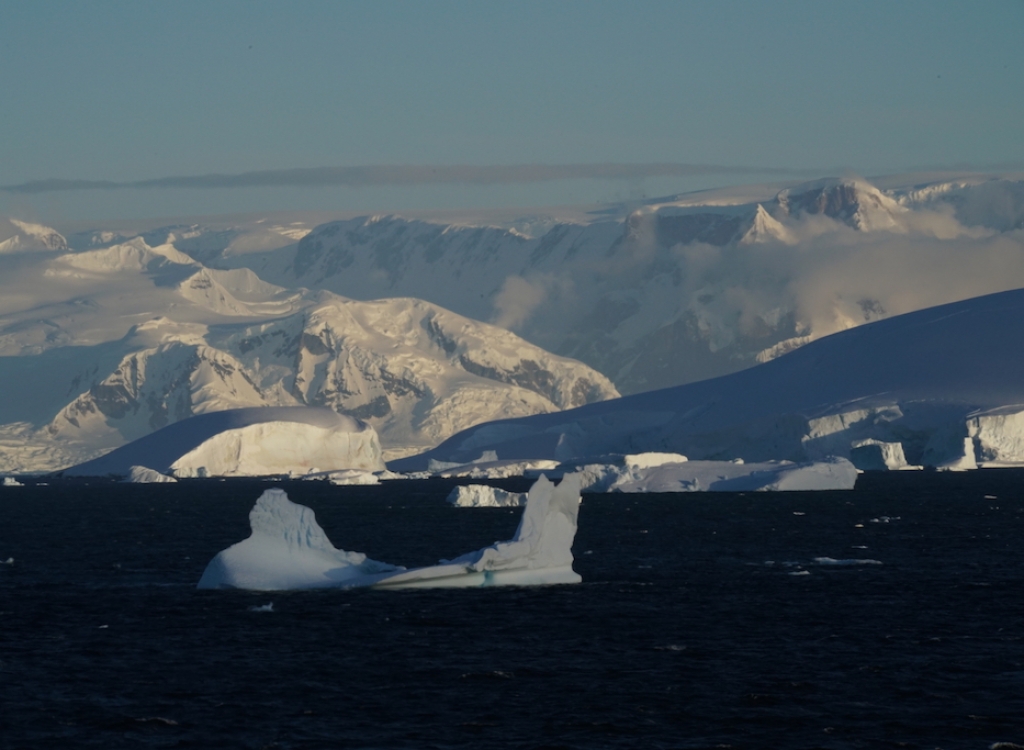

Comments
I love your negative space adventure to Antarctica. Thank you for sharing your beautiful prose that becomes more flowing, the longer you travel.
Your fellow writer,
Lona
Thank you Lona. I especially appreciate this comment from another writer.
beautiful- glad to see it through your eyes as mine will never see it any other way.